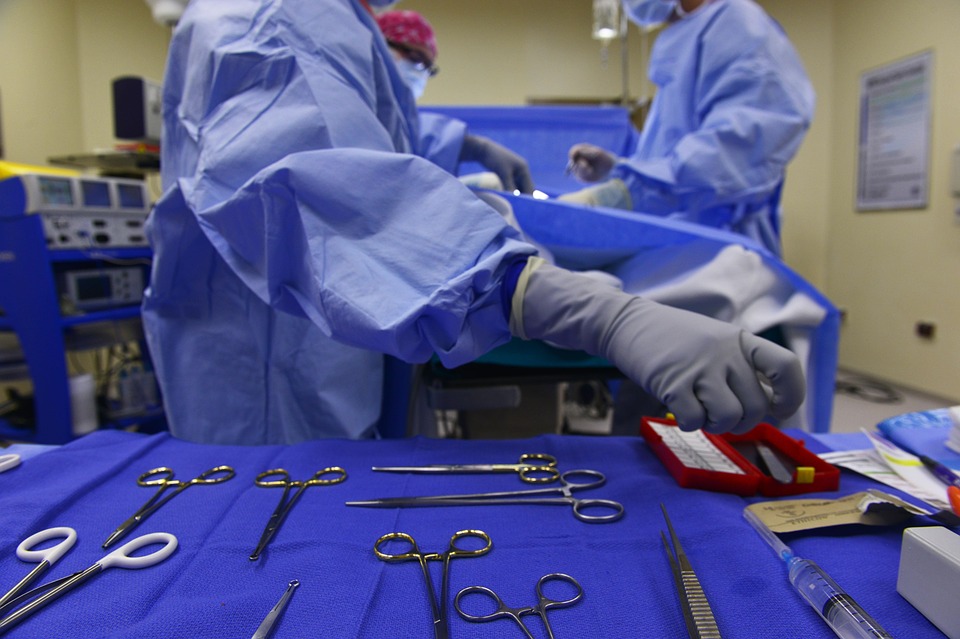A nose job is a surgical procedure that aims to change the structure of the nose. Also referred to as rhinoplasty, it’s one of the most common cosmetic surgeries being done. Specialists from the American Society of Plastic Surgeons reported having done 35,255 nose-reshaping procedures, making it the top cosmetic procedure done in 2020. The specialists also note that people want to reshape their nose without pain. Hence, non surgical Rhinoplasty in Beverly Hills is among the best solutions for them to get a painless treatment for a restructured nose.
Whether you want a slimmer nose or aim to improve your overall facial symmetry, rhinoplasty is a permanent solution to your cosmetic woes. You can also consider nose thread lift that is non-surgical procedure to lift the nose but it is not a permanent soluton. Discover what to expect before, during, and after a nose job.
What To Expect Before A Nose Job
Before booking an appointment with Sydney Rhinoplasty Surgeon or a specialist near you, there are things you have to consider. Going under the knife is a life-changing decision, and surgeons are the most qualified persons who’ll help you determine if the procedure is for you.
Prior to the surgery, a cosmetic specialist will perform the following:
Gather Your Medical History
Despite being one of the most popular cosmetic surgical procedures, specialists are obliged to prioritize and ensure patient’s safety. Expect your surgeon to gather your medical history to find out more about the soundness of your health.
If you have underlying conditions your surgeon think will impact the procedure, tests may be requested before the actual surgery. For instance, if you’ve got bleeding disorders, your doctor may refuse surgery due to the risks involved.
A Physical Exam
The specialist will check your facial features and symmetry to identify the main problem areas. Surgeons will have to ensure your breathing won’t be impacted by the proposed changes after your nasal improvement operation.
Whether you have serious underlying health conditions or are deemed healthy, your surgeon will request a complete physical examination such as blood tests, X-rays, and electrocardiogram (ECG), among others.

Photographs
To measure the physical enhancements better, the clinic will also take photos of your face and your nose. Advanced clinics often have software so you’ll see how you’re supposed to look like after the procedure.
Aligning Expectations And Results
The doctor will ask you for objectives and motivation, as well as your expected outcome. This is to align your goals with the projected results. If you have unrealistic expectations, the doctor will explain to you the limitations of the procedure. At this stage, the doctor will also expound as to what the procedure will entail, including the basic self-care procedures post-surgery.
What To Expect During The Surgery
Like any other type of surgery, rhinoplasty involves the use of anesthetics to make the patient feel numb, relaxed, and asleep through the operation. This is highly crucial since rhinoplasty is an invasive procedure that allows your doctor to manipulate the bone and cartilage structures in your nose to improve its shape.
Depending on what your enhancements require, the surgeon may insert an object on your nasal bridge and trim the base or the alar section to have a slimmer profile.
What To Expect After A Nose Job
Unlike nose fillers, rhinoplasty is more invasive and will need a few days of rest. While patients will react differently to the surgery, most patients go through the following:
- Bruising
- Swelling
- Discoloration
- Discomfort
- Breathing problems
- Blood and mucus coming out from your nose
First Week:
To protect your nasal structures, a splint will be placed on the area, and your nose will be covered in a bandage, too. This shouldn’t be removed until your doctor says so, typically for one to two weeks. With the splint, as well as the expected bruising and swelling, your breathing may be impacted.
As the effect of your anesthetic wears off, you’ll feel pain and general discomfort at the surgery site. You’ll be prescribed oral pain medications to reduce this uneasy feeling.

Second Week:
The doctor will likely remove your splint. By this time, the swelling and bruising have abated, and you may be cleared to report for work. Steer clear of lifting heavy objects or exerting too much force, including a rigorous exercise. Avoid prolonged sun exposure as it can damage your skin, which becomes extra sensitive post-surgery.
Also, avoid placing anything on your skin except for the scar-reducing topical cream or ointment prescribed by your doctor.
First To Third Month:
Your face will likely look better and you’ll feel completely recovered at this point. Expect your doctor to allow you to perform moderate activities. If you use eyeglasses, you’ll only be able to wear them during this time.
As the swelling and bruising disappear, your nose will be more defined, allowing you to see how your enhanced facial feature looks like.
Wrap Up
A nose job is one of the most popular cosmetic procedures because of its significant impact on enhancing a patient’s overall appearance. As an invasive cosmetic procedure, it requires careful planning and open communication with your chosen facial plastic surgeon. That said, it demands the expertise of a seasoned professional.
